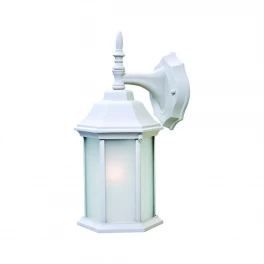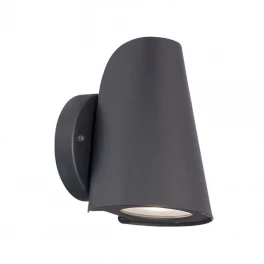If you have tile in your bathroom, kitchen, or foyer, you have probably experienced grout. Grout is the cement-like substance that glues tiles together keeping water and dirt from getting between them. For many homeowners with tiled flooring, cleaning grout is a tedious task, and no matter how often and thoroughly you clean, grout must be replaced in time.
If your grout has ripped, peeled away, cracked, or has pieces missing, you run the risk of serious water damage to your tile floor. While grout is incredibly tough and resilient, it will eventually begin to show signs of wear and tear. You may also find the tiles come loose, chip, or break when grout isn’t there to keep them stable. This is one of the major reasons why quality grout is incredibly important.
When damaged or left unstable, much dreaded mold can begin to creep in. If there is only minimal damage, then you’ll only need to replace the grout that is broken or moldy. A total floor overhaul is usually only necessary if you want to change the color of the present grout, or there is some unforeseen major issue with the previous grout work. Without further ado, here are the most important steps to replacing grout.
Materials
Here are the basic materials you need to replace grout:
• A blade, such as a razor blade or X-Acto knife
• Grout
• A sponge
• A trowel
• Grout sealer
If you have a large area to replace, you may also need:
• A grout saw
• Protective ear coverings
• A brush or vacuum
• Mold cleaner
Process
Once you’ve gathered all your materials, be sure to wear a mask and eye goggles to avoid the fumes from cleaning supplies. If you are using a grout saw to remove larger areas of grout, wear ear coverings as well. However, generally a mask and goggles should do the trick.
The first step is going to be the messiest part of the whole process: removing the old, moldy grout. You can either use the X-Acto knife or razor blade to scrape grout, or use the grout saw to carefully break up the lines of grout.
Grout is tough, so you're really going to have to get in there and dig to do the job effectively. Try to work in smaller sections to reduce the chance of injury and avoid overwhelming yourself. When you’re finished, brush away or vacuum loose grout pieces.
After this step, you may need to clean the area to get rid of excess mold (using appropriate protection). Check the tile around the affected areas for loose or broken tiles and signs of water damage. If you re-grout over a problem area without addressing the root issue, you’ll have do another repair before anticipated. This is critical to retain the integrity of your new grout work, as a faulty support structure will just lead to more issues.
Next, mix your new grout for application. The package will have instructions that you should follow carefully. If you’ve never applied grout before, mix a small amount first to get the hang of it and ease yourself into the process. Grout can dry quickly, and you need to know what speed you can work at before mixing too much, otherwise you run the risk of wasting money on more materials.
Lay grout on the floor with your applicator, and be sure to fill the area generously. Scrape the top smooth like your paving a pot hole, then wipe up the surrounding tiles completely dry with a towel. Make sure you don't leave excess grout in areas you don't want it, this will extend the time of your cleanup. Repeat these steps until you’ve filled in all the places you needed to re-grout.
After the grout is cured (24 to 48 hours), you can (and should) add a grout sealer to finish the job. This acts as a protective layer to prevent breakage or mold, and can seriously extend the life of your grout. You may even want to clean the grout with a non-bleach based cleaner before sealing it to assure it is in perfect condition before being sealed.
This is one of the easier parts of replacing grout, but you'd be shocked by how many homeowners either forget or neglect to properly seal their grout. Once this has been completed, you're looking good and on the way to great looking grout.
Avoid Future Problems
To protect your grout, a regular cleaning schedule is important. You don’t necessarily have to scrub with a toothbrush, but mopping the floor once or twice a week will be beneficial in keeping your tile clean and fresh. A bi-monthly deep clean will catch any traces of mold before it becomes an issue.
Grout doesn’t need to be replaced on a schedule, as it is usually done on an as need basis, but it does require consistent maintenance.
Hopefully, now you know a bit more about grout and will be more comfortable replacing it during your next DIY project. Grout isn't glamorous, but it's essential to retaining that beautiful and pricey floor tile investment.
DISCLAIMER: Readers should keep in mind that any accounts of renovation presented in this article are written accounts of events taking place at individual homes and are not necessarily endorsements of do-it-yourself home improvement. You proceed at your own risk if you attempt to replicate any activities described here.





































